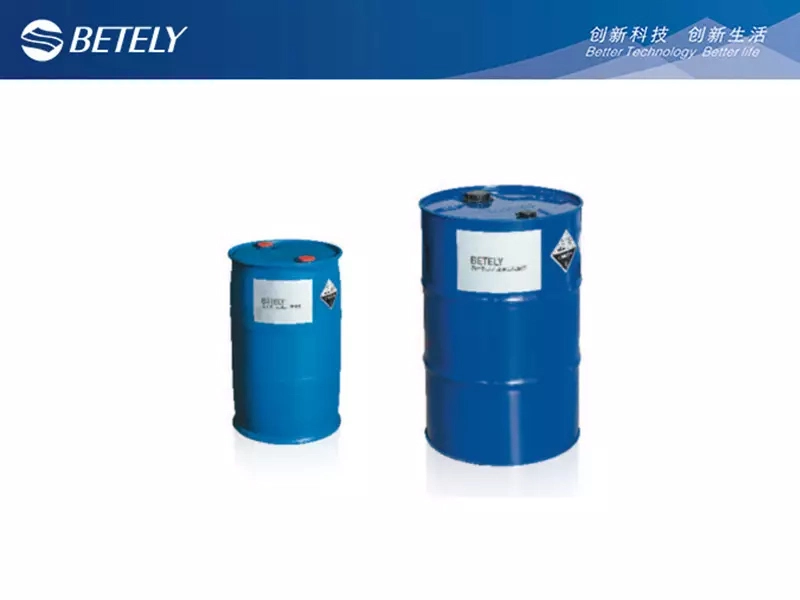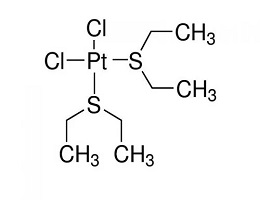In the field of modern technology, we often hear the term silicone oil. It is a multifunctional compound with a wide range of applications in different fields. Hydrogen silicone oil is one of the extremely important products among the varieties of silicone oil. Through the hydrosilylation reaction, various modified hydrogen silicone oils can be obtained. Under the action of metal catalysts, hydrogen silicone oil can crosslink at appropriate temperatures to form a waterproof film on the surface of various substrates.
Synthesis Process
Choice of Catalyst: Compared to conventional silicone oil synthesis, the synthesis of hydrogen silicone oil including methyl hydrogen silicone oil must use acidic catalysts to prevent the breaking of the silicon-hydrogen (Si-H) bonds. This is because alkaline catalysts may cause the Si-H bonds to break. In industrial production, the method of hydrolyzing methyl dichlorosilane (CH3SiHCl2) is usually employed. After hydrolysis, the byproduct undergoes equilibrium polymerization with D4 and end-capping agents under the influence of acidic catalysts.
Catalyst and Reaction Conditions: To maintain the activity of the catalyst and avoid reduction by silicon hydrides, the industry tends to use strong acid catalysts that are not easily reduced, such as concentrated sulfuric acid. The hydrolysis process needs to be conducted in a suitable solvent to prevent the product from gelling. Common solvents include mixtures of ethanol, butanol, and toluene.
Applications of Hydrogen-Containing Silicone Oil
Synthesis of Key Intermediates: Hydrogen silicone oil, with its reactive Si-H bond, can react with compounds containing carbon-carbon double bonds through the hydrosilylation reaction. This characteristic makes hydrogen silicone oil an indispensable intermediate for the synthesis of modified silicone oils.
Crosslinking Film Formation: The most notable feature of this product is its excellent crosslinking film-forming ability. Under the catalysis of metal salt compounds, hydrogen silicone oil from silicone supplier can undergo a crosslinking reaction at relatively low temperatures (140-150°C), forming a uniform and stable waterproof film on the surface of materials.
Wide Waterproof Applications: Due to its outstanding waterproof properties, this type of China silicone oil is widely used as a waterproofing agent for various substrates, including but not limited to fabrics, glass, ceramics, paper, leather, metals, cement, and marble. This makes hydrogen silicone oil versatile in both industrial and commercial fields.
Crosslinking Reaction Mechanism
Water-Initiated Reaction: The crosslinking reaction of hydrogen silicone oil is usually initiated by water and accelerated in an alkaline environment. The initial step of the reaction is the hydrolysis or oxidation of the silicon-hydrogen (Si-H) bond, converting it to silanol.
Condensation to Form Siloxane: The silanol further participates in condensation reactions, forming stable siloxane bonds, thus completing the crosslinking process.
Temperature Reduction by Catalysis: Under uncatalyzed conditions, the crosslinking of silicon-hydrogen bonds usually requires a temperature of around 200°C. However, when metal compounds such as lead, zirconium, zinc, tin, titanium are added as catalysts, the reaction temperature can be significantly reduced to 140-150°C.
Application of High-Activity Catalysts: Organic titanates, such as butyl titanate, can further promote the crosslinking reaction due to their high activity. However, such catalysts are sensitive to moisture and are generally used in anhydrous organic solvent environments.
Hydrogen silicone oil is widely used in waterproofing treatments, making textiles, leather, ceramics, glass, and other materials waterproof. Hydrogen silicone oil is also used as a release agent in the rubber and plastic industries and as an anti-stick agent for paper and packaging materials. Additionally, it can react with other substances to form beneficial films in some applications.





